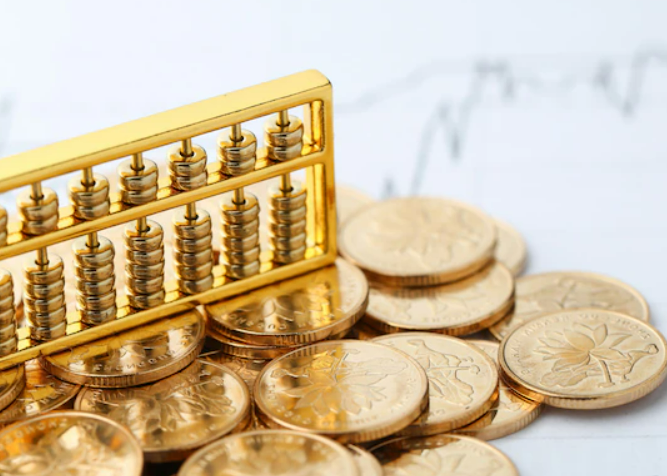
Aria Thomas
Oct 08, 2022 10:42

Gold dropped on Friday but still posted its second straight weekly gain, as an upward run in the opening two days of the week helped the bullion longs weather the September U.S. jobs report, which sent the rival dollar soaring.
The gold futures contract for December on the New York Comex declined $11.50, or 0.7%, to $1,709.30 per ounce. Gold for December rose 2.2% for the week, extending the prior week's 1.5% increase.
The spot price of bullion, which is monitored more closely than futures by some dealers, declined $13.54, or 0.8%, to $1,699.08 by 14:00 ET (18:00 GMT).
Sunil Kumar Dixit, chief technical analyst at SKCharts.com, warned that despite the weekly increase, gold's value may continue to decline if the dollar continues to rise and U.S. bond yields accompany it.
If gold's rejection from the $1,730 resistance zone is confirmed by a break below the $1690-$1685 range, bears would have an easy target of $1,560, according to Dixit. This represents the Fibonacci retracement of 50% of the long-term uptrend from $1,046 to $2,073.
The Dollar Index, which compares the U.S. dollar to the euro and four other currencies, increased for a third straight day, reaching a session high of 112.7 and inching closer to 20-year highs reached a week earlier.
The yield on 10-year U.S. Treasury notes reached a one-week high of 3.906%, just missing September 27's 11-year high of 4.019%.
The dollar and bond yields rose after it was announced that U.S. corporations added 263,000 jobs in September, slightly more than what economists had predicted. The unemployment rate in the United States decreased to 3.5% in September from 3.7% in August, offering an ongoing challenge to the Federal Reserve's fight against inflation.
In an effort to battle inflation, 92% of experts anticipate that the central bank will increase interest rates by 75 basis points for the fourth straight time in November.
Rate increases are antagonistic to risk assets, particularly dollar-denominated commodities, because they increase the transaction and acquisition costs for euro and other currency traders.
Investors perceive gold as a viable alternative to the dollar, despite its reputation as a safe haven. Herein lies the problem with gold. As a result of the Federal Reserve's decision to raise interest rates by 300 basis points this year, from a starting point of just 25 basis points, the dollar has been persistently heading toward two-decade highs.
It is widely anticipated that the Fed will raise interest rates by at least 50 basis points in December, bringing the total increase for the year to 425 points.


Oct 08, 2022 10:46